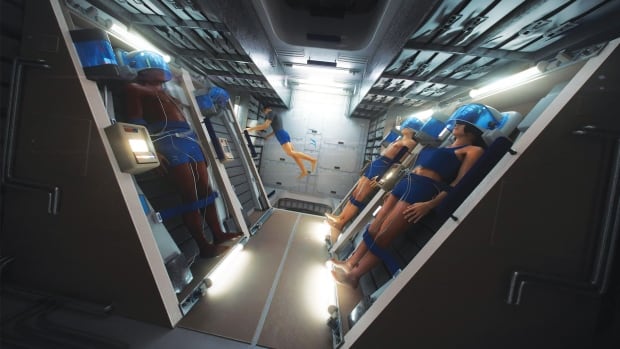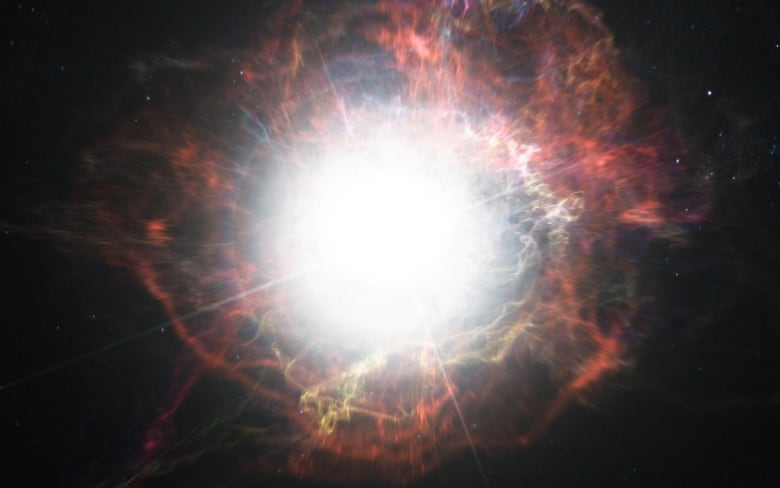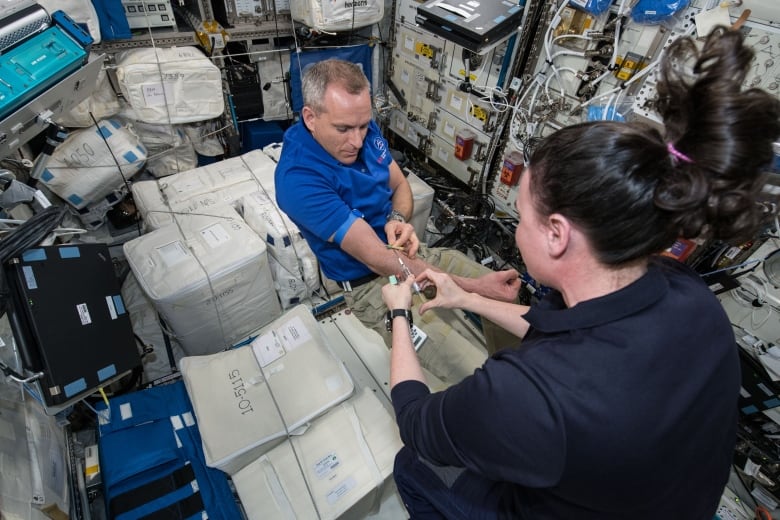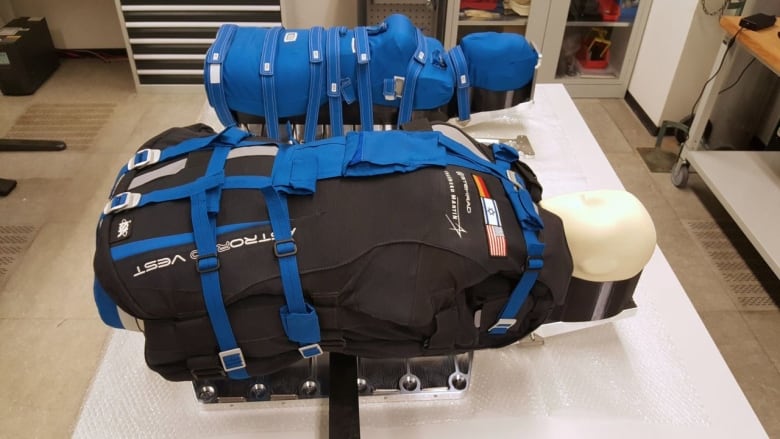
An international team of scientists has demonstrated that placing rats into artificial hibernation may provide some protection against harmful radiation. This adds support to the idea that some kind of hibernation could be useful for future astronauts on long voyages to Mars and beyond.
Hibernation is a staple of science fiction. Movies such as 2001: A Space Odyssey, Alien, or Passengers feature crew members or colonists who are placed into a state of hibernation inside sealed capsules to endure years-long journeys to the outer solar system, or other stars in the galaxy. But beyond the realm of science fiction, NASA has taken a interest in the subject.
There are any number of practical reasons for doing this. A hibernating crew would need less food and oxygen. It would certainly help overcome mental health issues such as boredom and conflict that can arise when living in a confined space for extended periods.
But this new research suggests it may also protect from one of the significant risks of the space environment.
Radiation is a major concern for long-duration missions to the moon and Mars, especially the powerful cosmic radiation from deep space. These are high-energy particles accelerated by cosmic events, like the explosions of distant supernovas.

Exposure to these high-energy, charged particles can damage tissue and increase cancer risk, and is 200 times greater in deep space than what we experience on the ground or even in Earth orbit.
Astronauts on the International Space Station are partially protected because they’re inside the protective bubble of the Earth’s magnetic field which deflects the particles. Even so, they still get a higher exposure than we do on the ground. But those traveling to the moon or Mars will be fully exposed.
WATCH | Animation shows how heliosphere changes affect radiation penetration:
In this new study, researchers in Japan and Germany placed rats, which, like us, are not naturally adapted to hibernate into a state of torpor, in which the body temperature is lowered and metabolism slows down. They were given a drug that affects cellular metabolism and their temperature was lowered from a normal 36 C, down to about 30 C.
The rats were then exposed to high-energy carbon atoms to simulate space radiation. The results, published in the journal Scientific Reports in September, showed a reduction in the harmful effects of radiation.
The researchers also exposed chilled rat cells to radiation at reduced oxygen levels, with and without the drug and found, again, that there was a protective effect, though the exact mechanism remains unclear.

While it is an interesting first step toward protecting future astronauts, much more research needs to be done — and not just to understand what’s going on with the radiation.
There’s a huge amount of research to be done to understand torpor and make it safe, even for rats. In this experiment, 92 per cent of the rats died within 11 days of being put into torpor, and most of the rest survived to 30 days. The researchers don’t know why.
In any case, that would be a wildly unacceptable loss rate for astronauts or space colonists. But the protection from radiation could be a big bonus if the troublesome torpor puzzle can be solved. Radiation exposure is a serious issue as humans leave the cradle of Earth’s protective magnetic field and head out to other worlds.
The current Artemis mission to the moon, which launched from Cape Canaveral, Fla., on Tuesday, involves three mannequin passengers equipped with sensors to monitor the biological effects of deep space flight on the human body, including radiation exposure.

The only other way we currently have to protect a crew from radiation in space is by shielding the spacecraft, which adds weight, which in turn requires more fuel — an added expense — which just isn’t a feasible option to protect against the high-energy cosmic radiation.
But perhaps in the future, science fiction could become reality when crew members can protect themselves on long journeys by hibernating like bears.